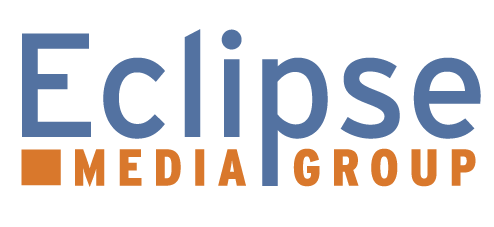5 things you didn’t know security cameras could do
- IoT-enabled security cameras can make public environments more efficient, customer-friendly and most importantly, more secure and safe
- AI applications can assist transportation and retail sectors with upholding challenging COVID-19 guidelines, as stations open and stores resume business
- By connecting smart cameras with other systems in IoT, safety processes can be fully automated
3 June, 2020 — As the world shifts to accommodate post COVID-19 pandemic restrictions, smart camera system capabilities will continue to grow in importance and demand. Wherever crowds of people come together, conventional video surveillance and human control reach their limits – especially when tasked with social distancing requirements and occupancy limitations.
Security & Safety Things (S&ST) summarizes five things the average reader wouldn’t know security cameras could do:
- Maintain building occupancy restrictions
- Offer crowd control data and assistance in corporate or public spaces
- Assist in encouraging social distancing
- Ensure proper protective gear is being worn
- Assist workspaces in complying with new policies
Smart security cameras can assist in maintaining building occupancy restrictions for retail stores and other spaces, as they begin to resume business. S&ST’s developer partners offer real-time occupancy solutions, designed to limit risk of infection for both shoppers and employees. These applications can monitor multiple entrances and exits to track occupancy levels and maintain a safe shopping environment.
These apps can encourage social distancing in supermarkets, for example, where individuals should keep sufficient distance at checkouts and other chokepoints. Smart security cameras can also measure the density of groups or queues at checkouts and may give an alarm when people are standing too close together. This solution can also be used in buildings, work environments or at transportation venues – such as a ticket kiosk at a train station.
In healthcare facilities, transportation services and retail stores, adherence to protective face mask regulations, when social distancing limits are reached, will be of utmost importance as those organizations resume full operations. Using object recognition, video analysis in security cameras can detect whether people show defined characteristics, such as wearing masks or gloves. If a person lacks protective clothing, for example when entering a supermarket, camera systems could automatically alert security personnel or block entrances.
Smart cameras can also detect and analyze at-risk areas for physical distancing in workspaces, public gathering spaces or setting such as transportation hubs. Applications can detect people and the distances between them, while providing additional visual analytics, which will allow managers to comply with current COVID-19 regulations.
For more information, on how businesses can leverage video analytics to gain enterprise wide operational intelligence, visit https://www.securityandsafetythings.com/
